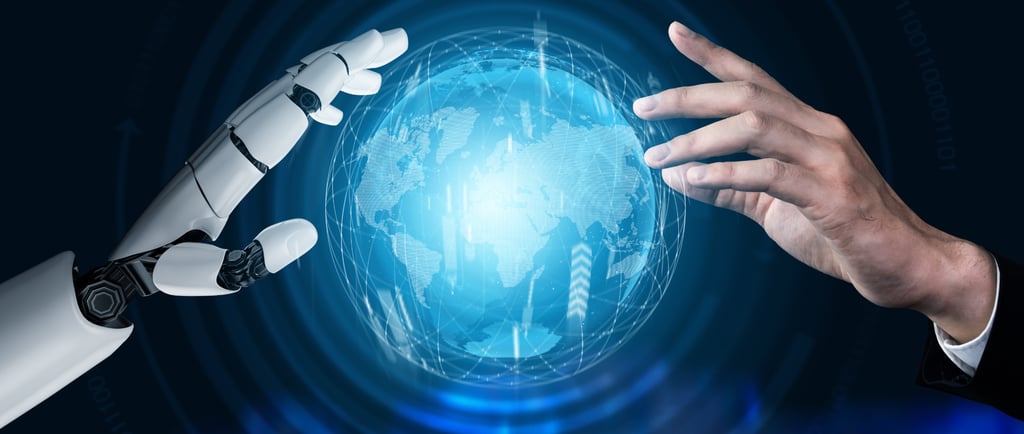Generative AI in 2025: What has changed since AI?
Generative artificial intelligence (AI) has transformed how we interact with technology, and in 2025, we’re witnessing a remarkable leap since its early days. A few years ago, tools like ChatGPT and DALL-E paved the way for creating text and images from simple prompts. Today, generative AI isn’t just faster and more accurate—it’s ubiquitous, multimodal, and deeply integrated into daily life. But what has changed since those first steps? Let’s explore the main evolutions.
ARTIFICIAL INTELLIGENCE


1. Multimodality as the Standard
In 2025, generative AI has transcended the boundaries of text and images. Models now combine audio, video, 3D, and even tactile sensations in advanced interfaces. Imagine asking an AI to create a complete short film—script, soundtrack, animation, and narration—all in minutes. Tools like xAI’s “Grok 3,” for example, analyze diverse content (images, PDFs, posts) and deliver rich, contextual responses. This multimodal integration reflects the demand for immersive experiences, especially in areas like education and entertainment.
2. Extreme Personalization
If earlier AI generated generic content, in 2025 it’s hyper-personalized. Algorithms now capture nuances of style, tone, and individual preferences based on user data—while striving to comply with new privacy regulations. Want a technical article in the style of a specific blog or a song mimicking your favorite band? AI delivers, adapting in real-time to feedback. This evolution owes much to increased computational power and ethical data collection.
3. Efficiency and Accessibility
Generative AI in 2025 is lighter and more accessible. Optimized models run on local devices like smartphones and laptops, reducing reliance on cloud servers. This has democratized access: small businesses and independent creators now compete with giants using free or low-cost tools. Additionally, energy efficiency has improved, addressing criticisms about the environmental impact of earlier AIs.
4. Ethics and Regulation at the Core
Since the first models, ethical concerns—like deepfakes and misinformation—worried experts. In 2025, the response includes stricter global regulations and AIs designed with “ethical brakes.” Tools now avoid generating offensive content or deciding subjective matters (like “who deserves punishment”), leaving those to humans. There’s also greater transparency: many AIs flag synthetic content, complying with laws like those in the European Union.
5. Human-AI Collaboration
The big shift in 2025 is partnership. Generative AI doesn’t replace creators but amplifies their abilities. Writers, designers, and programmers use these tools as co-authors, refining ideas in real-time. Educational platforms, for instance, integrate AI to create tailored materials, while artists explore hybrid styles blending human touch with algorithmic precision.
What’s Next?
From the first generative AI models, we’ve moved from curious experiments to essential tools. In 2025, it’s a driver of innovation but also a mirror of our ethical and creative choices. The future? Perhaps an AI that not only generates but anticipates needs before the prompt. For now, the “Technological Alphabet” of AI is still being written—and we are the authors.


